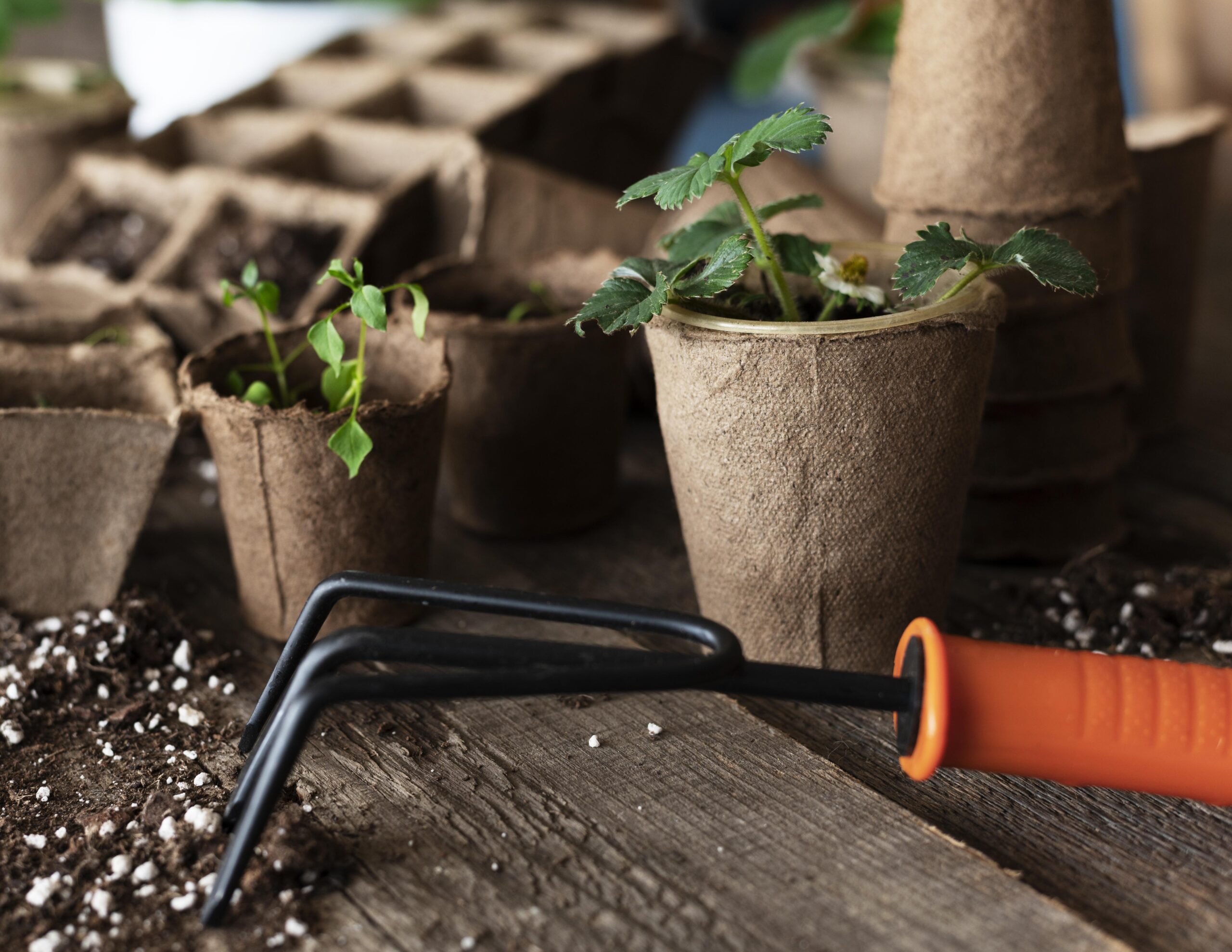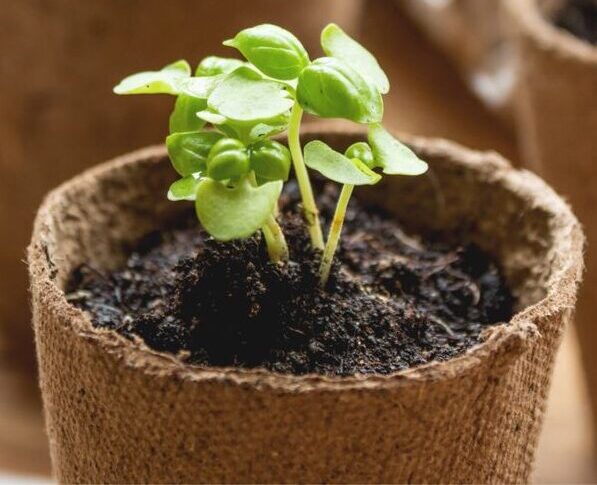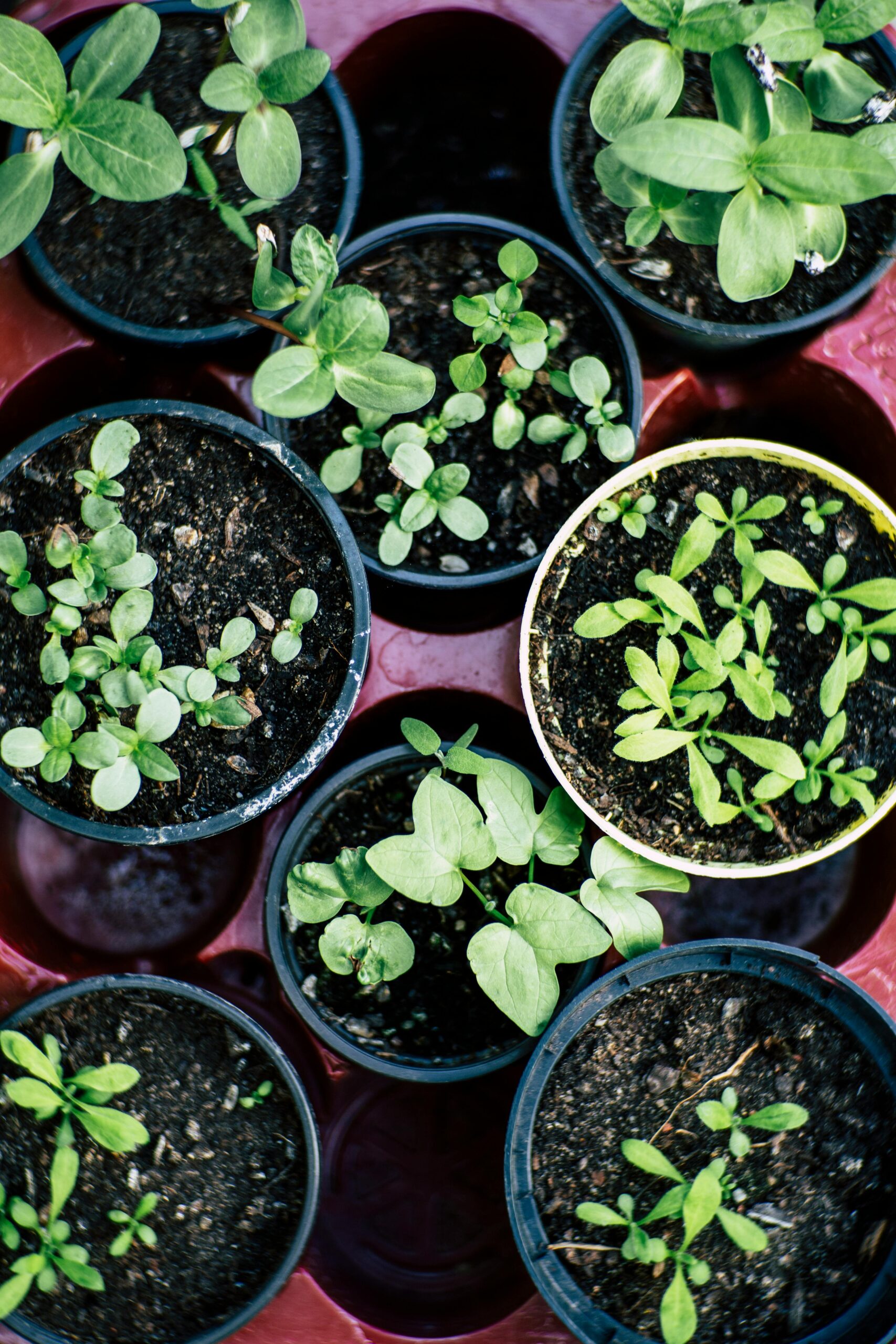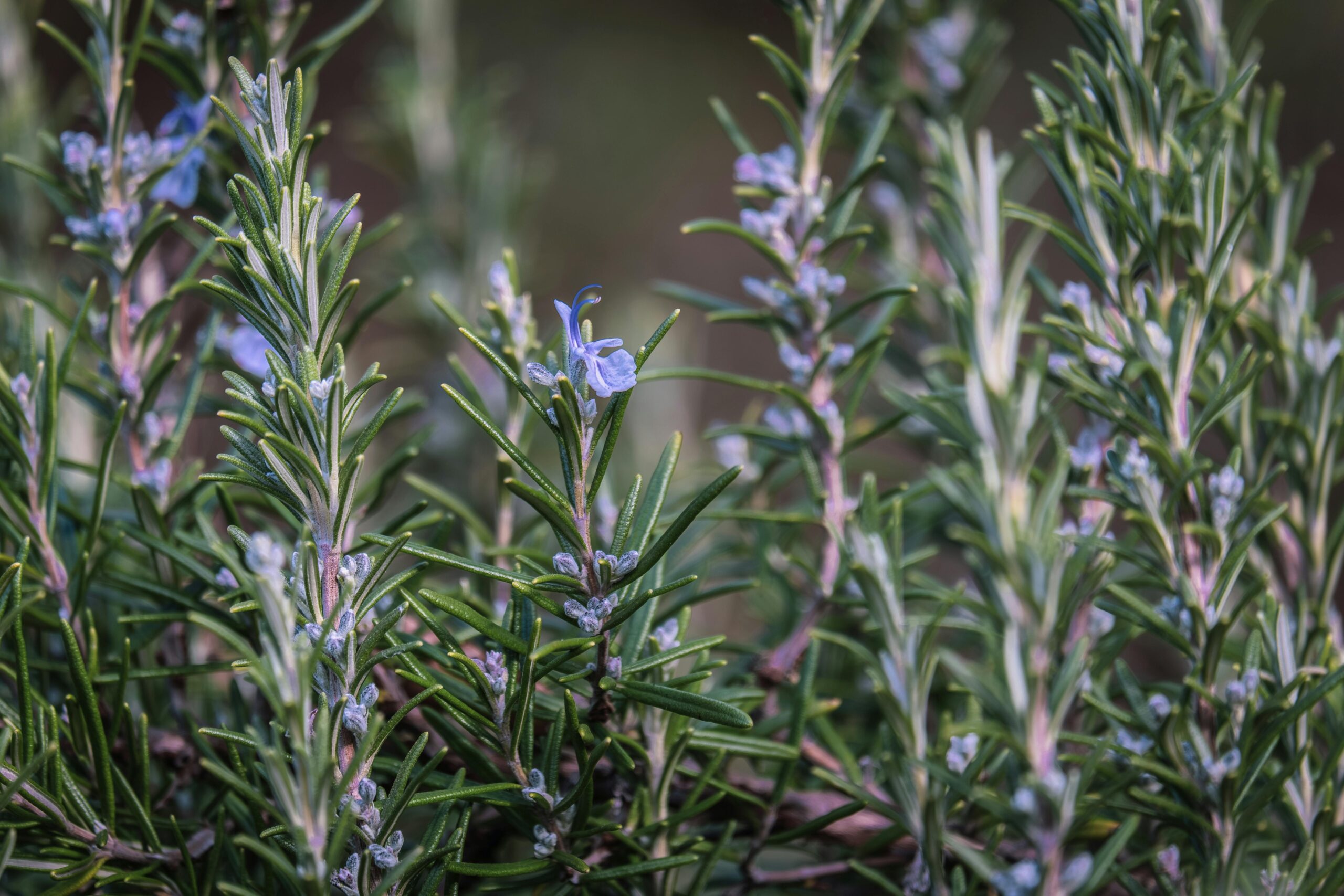
If you do not have enough outdoor space or you are worried about pests and insects killing your plants or you want to control the atmospheric weather for your plants, then Indoor garden can be a better alternative for you.
Developing a garden-like environment inside your home can be a great way to enhance your mood or to start a gardening hobby. However, you need to do some research to understand the basic requirements of indoor gardening. But before getting into the research phase, let’s look at some major benefits of indoor gardening compared to outdoor.
1. Indoor gardens can purify the air quality inside your home. How? Plants generate fuel by creating chemical energy through a process called Photosynthesis, where plants take in water and carbon dioxide and convert them into glucose. During this process, plants exhale oxygen, which makes them an automatic air purifier in your home. In fact, many indoor plants can even filter dust, germs, and airborne toxins. Not to mention, If you or any of your family members are having respiratory problems, you should definitely consider indoor gardening.
2. You can have total control over the weather. Most people love indoor gardening because they can control the season and atmospheric conditions of the plants. There probably won’t be any possibility of a violent wind, cold or overly hot weather.
3. The possibility of infestations in indoor gardens is much lower than in outdoor ones. Indoor gardens can keep mice, neighbourhood cats, dogs, cows, or other animals from sneaking into your plants.
4. Great hobby and mood enhancer. Just like pets, plants are great for emotional support.
1. Space
The first thing you should consider when starting indoor gardening is Space. You need to examine the available space your home offers. Your space area determines what kind of plant you can possibly grow. So step back and evaluate your home before purchasing certain plants.
2. Light
The second most essential requirement is Light. It is the primary ingredient plants need for photosynthesis to generate sufficient energy for their growth, which is nearly impossible without light.
Windowsill:
Windowsills or areas near windows are preferred locations for most indoor gardeners. You can grow large indoor plants on the windowsill.
Table:
You can arrange your plants on the table, but make sure you keep the table near the window area for light exposure. If you want a large garden, you might have to set up a larger table or bench.
Shelves:
Shelves are another best planting area. If you’re thinking about shelves, make sure you provide enough light sources for the plants, or you might need to use LED grow lights as an alternative light source.
Balcony or Patio:
A balcony and/or patio is another great location for indoor gardening. Such areas are ideal for plants that require more sunlight and space.
Bathroom:
Bathrooms are suitable areas for Indoor gardens. Such areas provide high levels of humidity (water vapour) in the space. Plants like ferns and peace lilies prefer humid environments.
However, you should pre-plan your spacing requirement because you might need more space once the plants grow bigger and taller.
If plants don’t get sufficient light, your plant may still grow taller, but the leaves and produce might not fully develop.
Light can be natural or artificial. Natural light can be found near windowsill areas, and artificial light comes from LED lights and lamps. Click here to learn more about LED grow lights.
To examine the amount of light in your garden space, evaluate all the natural light exposures available inside your home. And then consider your window direction:
● North-facing windows receive the least amount of direct light, particularly during the winter season.
● South-facing windows get the most amount of light.
● East-facing windows bring the best morning sun for the majority of the year. 4. West-facing windows get the best afternoon or evening sunshine.
But remember, the light exposure in your home can shift from season to season. Also, external elements such as window curtains and blinds, roof overhangs, shrubs, and trees around your house can affect the light condition.
Before you choose any plant, evaluate the light condition of your garden space and find plants that are suitable for such light exposures. Do you get the idea? If your space doesn’t provide the required light for such a plant you wish to have, then you should consider a supplementary light source.
Space and light are the two most essential requirements for indoor gardening. Evaluate your space and light exposure, and then consider plants that are well-suited for your home.
1. What types of plants are suitable for low light conditions?
A. Plants like ferns, peace lilies, snake plants, pothos, and betel leaf (pan leaf)prefer low-light environments. These plants are ideal for indirect sunlight or shaded areas.
2. What type of plants prefer high-light conditions?
A. Plants such as basil, rosemary, succulents, aloe vera, and oregano prefer high-light conditions. These plants require at least 6–8 hours of direct sunlight daily to grow well and maintain their flavour.
3. What should I do if my indoor plants are not getting enough sunlight?
A.If your plants aren’t receiving sufficient sunlight, consider using artificial lights like LED grow lights.
4. How do I determine the best location for my indoor garden?
A. Evaluate the natural light exposure in your home and match it with the light requirements of your plants. Areas like windowsills, tables near windows, shelves, balconies, or patios are the best locations for indoor gardening.
5. Do indoor plants require different types of light at different stages of growth?
A. Yes, plants require different amounts of light as they grow. For example, seedling stages may require medium to high light, while mature plants might tolerate lower light, depending on the species.
6. How can I minimize the risk of pests in my indoor garden?
A. Yes, Indoor gardens naturally have lower infestations compared to outdoor ones.





+91-7019960850
sanjeevinigarden@gmail.com
Sanjeevini Garden Products, KAN-4-36/2, Coastal Farms (formerly chicken) road, Padil-Kannuru, Mangaluru 575007
Copyright © All Right Reserved